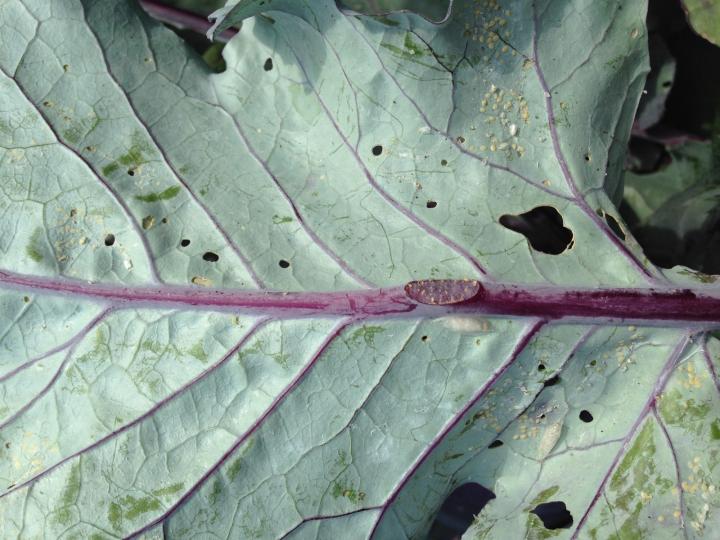
Planting, Growing, and Harvesting Kohlrabi
The Almanac Garden Planner - Use It Free for 7 Days!
Plan your 2025 garden with our award-winning Garden Planner.
- ‘Early White Vienna’, ‘Early Purple Vienna’: 55-60 days to maturity; sweet and mild taste
- ‘Gigante’: 130 days to maturity; grows up to 10 inches in diameter; stays crisp and sweet
- ‘Grand Duke’: 50 days to maturity; can be left in garden without becoming tough
- ‘Kolibri’: 45 days to maturity; soft, white flesh; purple-veined leaves
- ‘Korridor’: 50 days to maturity; stores longer than most other varieties
- ‘Kossak’: 80 days to maturity; grows up to 8 inches in diameter; stores well
- ‘Superschmelz’: 60 days to maturity; grows deep roots to withstand drought; best grown in fall
- ‘Winner’: 45-60 days to matuurity; fresh and fruity flavor
Cooking Notes
Here’s a simple raw kohlrabi recipe. Peel the bulb (if larger than 3 inches in diameter) and cut into large disks. Put in a bowl. Add salt to taste, juice of 1/2 lime, and chilly pepper. Enjoy!
Or, try adding kohlrabi to a slaw, grating cabbage and carrots and kohlrabi in tender shreds. Add shredded apple or pear and perhaps a radicchio. It’s a nice alternative to plain coleslaw. Toss with salt and sugar to soften them slightly and draw out moisture. Serve with a Dijon-based vinaigrette.
ADVERTISEMENT
How do I get my plants to seed? what do I do with that seed?
Hi Luis,
Kohlrabi is a biennial and will not produce flowers or seeds until its second year. When your plant flowers, it will produce seedpods. You should wait until the seedpods dry and become brown before harvesting. You will want to keep a close eye as they get close to maturity as the seedpods tend to shatter and it will lead to a feeding frenzy among the local birds.
You can harvest individual seedpods, or remove branches or the entire plant depending on its size. Once the seedpods are ready, rub them between your fingers to break open (if they did not open on their own).
Store collected seeds in a container in a cool, dry location and then plant the following spring or fall following the guidelines above.
Hope this helps!
Chilly peppers?
Check out this guide to learn how to grow chile peppers.













